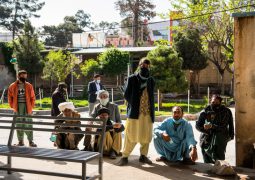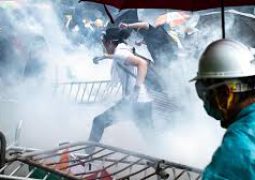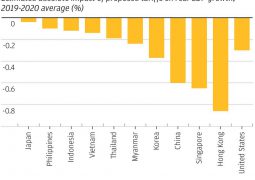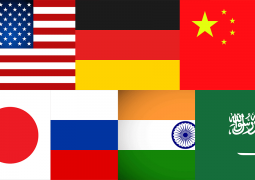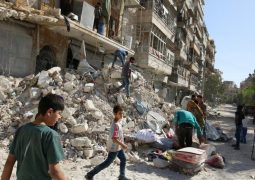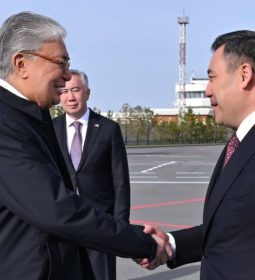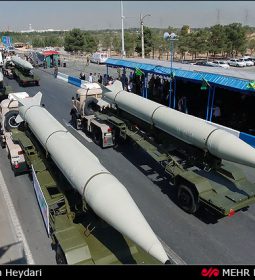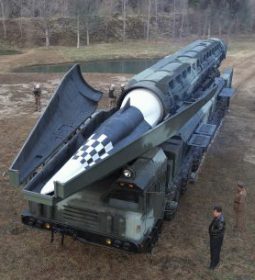Pakistan’s beautiful but dangerous tribal areas may finally open for tourism again
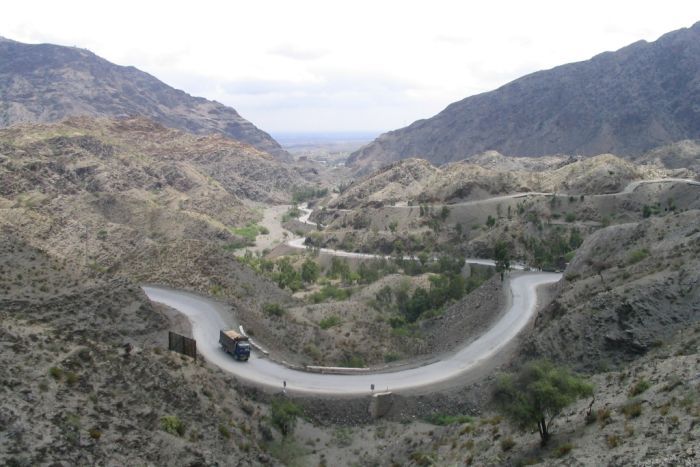
n a land of striking beauty, ancient cultures, and fierce warriors, Haji Ibrahim Khan is all set to go back to his home after languishing in a refugee camp for almost seven years.
Once called “the most dangerous place in the world” by US President Barack Obama, Pakistan’s Government is now contemplating opening the area to international tourism.
Though the family is excited, while packing their few possessions, Mr Khan says he has reservations about their safety.
“I can only hope against hope,” he says.
 PHOTO: Ibrahim Khan is all set to go back to his home in Malakdin Khel, Khyber Agency. (ABC News: Dr Ashraf Ali)
PHOTO: Ibrahim Khan is all set to go back to his home in Malakdin Khel, Khyber Agency. (ABC News: Dr Ashraf Ali)They are heading for the Tribal areas straddling the mountainous border with Afghanistan, in Pakistan’s North-West.
For centuries, the legendary Khyber Pass to the north formed a narrow gateway between East and West along the Silk Road. Not even the British, who conquered lands from Kenya to Canada and much in between, could subdue these “restive” tribal lands.
Covering 27,200 square kilometres of the Sulaiman mountains — the southern extension of the Hindu Kush — these Federally Administered Tribal Agencies (Areas), or FATA, remain semi-autonomous.
Recently The Diplomat magazine described them as “a bloody zone of anarchy … that has been lawless and ungoverned for centuries”.
When Mr Khan last plied his trade selling cloth in Bara, a market town in the Khyber Agency, more than 72 Islamist groups — like Lashkar-e-Islam, and the Pakistan Taliban — infested these areas.
This has been the scene of the US war on terror, and the search for many of the US military’s most wanted.
 PHOTO: Internally Displaced People (IDP’s), like Mr Khan, gather before embarking on their journey back home. (ABC News: Dr Ashraf Ali)
PHOTO: Internally Displaced People (IDP’s), like Mr Khan, gather before embarking on their journey back home. (ABC News: Dr Ashraf Ali)Crackdown on terrorists caused tribesmen to flee
First armed and trained by the US to fight Russians in neighbouring Afghanistan in the 1980s, the next generation of tribal leaders — the Mujahedeen — turned their knowhow and weapons back on the West.
Afghan Taliban flooded into the area in 2001, after the US routed their regime in Kabul. They exploited the tribal people’s deprivation and resentment towards the central Pakistani Government and operated deadly terrorist missions from this mountainous base.
Through all of this turmoil and danger, ordinary, moderate tribesmen tried to live their lives.
 PHOTO: The military says 95 per cent of the area has been cleared of extremist groups. (Reuters: Mian Khursheed)
PHOTO: The military says 95 per cent of the area has been cleared of extremist groups. (Reuters: Mian Khursheed)But Mr Khan was forced to flee his home seven years ago, when the military launched Operation “Here I Come” in his area.
The Khan family abandoned all their belongings and property, joining 600,000 other people displaced from the area. They found refuge of sorts in the much criticised Jalozi camp near Peshawar.
“My kid’s education suffered and I could hardly manage to feed to my family with my meagre resources,” Mr Khan says.
“This was the hardest time in my life that I’ve ever faced.”
A final coordinated crackdown on the terrorists followed in 2014 after Islamists opened fire in a savage attack on an army school.
Over 140 people were killed — including 132 children — and 200 others were injured. It galvanised the Government and military into action.
The military now claims more than 95 per cent of the area has been cleared of extremist groups, and surviving militants are desperate and on the run.
 PHOTO: Peshawar (pictured) hosted thousands of the IDPs beside two million Afghan refugees. (ABC News: Dr Ashraf Ali)
PHOTO: Peshawar (pictured) hosted thousands of the IDPs beside two million Afghan refugees. (ABC News: Dr Ashraf Ali)A comprehensive reform package has been developed to address deeply held grievances including a massive spend on repairing infrastructure, a large security force and relocation of the million refugees back to their homes.
So far just over 70 per cent of the tribal refugees have returned. The Government aims for the rest to be relocated by the end of the year.
But as they travelled home, the Khan’s expressed fears the terrorists might return.
The recent terror attacks in Karachi, and on a police training centre in Quetta which killed 60 and wounded over 200 people, suggests the Khan’s fears are justified. Questions are being raised about the success of the National Action Plan.
Noted defence analyst and retired Brigadier Said Nazir says the Government’s plan is “impossible”.
“The plan is too ambitious,” he says.
“What makes me worried is its full implementation. It is a herculean task.”
 PHOTO: Refugees joining the queues for resettlement support in Bara, Khyber Agency. (ABC News: Dr Ashraf Ali)
PHOTO: Refugees joining the queues for resettlement support in Bara, Khyber Agency. (ABC News: Dr Ashraf Ali)Some believe reform policy will be impossible
While hundreds of thousands of people are trekking home, there are concerns not only for their safety, but keeping their trust.
 PHOTO: Tribal Agencies protest for peace, education, and early implementation of proposed FATA reforms. (ABC News: Dr Ashraf Ali)
PHOTO: Tribal Agencies protest for peace, education, and early implementation of proposed FATA reforms. (ABC News: Dr Ashraf Ali)“Our material damages are over US$118 billion [$161 billion]. How can we generate this huge amount of money for reconstruction?” asks Dr Raza Rahman Khan Qazi, a lecturer in International Relations at University of Peshawar.
“We should have done more homework first,” Dr Qazi adds, suggesting international aid agencies and donors need to be approached.
Meanwhile optimism in government ranks is high, and already plans to open the tribal area for tourism are being discussed.
 PHOTO: Peshawar (pictured) hosted thousands of Internally Displaced People (ABC News: Dr Ashraf Ali)
PHOTO: Peshawar (pictured) hosted thousands of Internally Displaced People (ABC News: Dr Ashraf Ali)While hippies passed through in the 1960s on their adventurous trail from Europe to Asia, it has been a no-go zone for the best part of 35 years.
Wikitravel still warns people to have passes and armed security if attempting the Khyber Pass — and helpfully offers travel hints like how to recognise drones, which are “characterised by the loud buzzing noise they make”.
Yet there are some who believe this is possible.
“The reform program may go a long way in changing the destiny of the whole nation if developed in a systematic way,” says Haroon Rashid, BBC’s Pakistan Editor.
“We will only reach the destination if we start it.”
Mr Khan and his family have returned home to find much is demolished and broken.
But so far, “inshallah” they are safe.
- Previous The New Routes
- Next Japan earthquake: Tsunami warning downgraded after powerful quake off Fukushima



